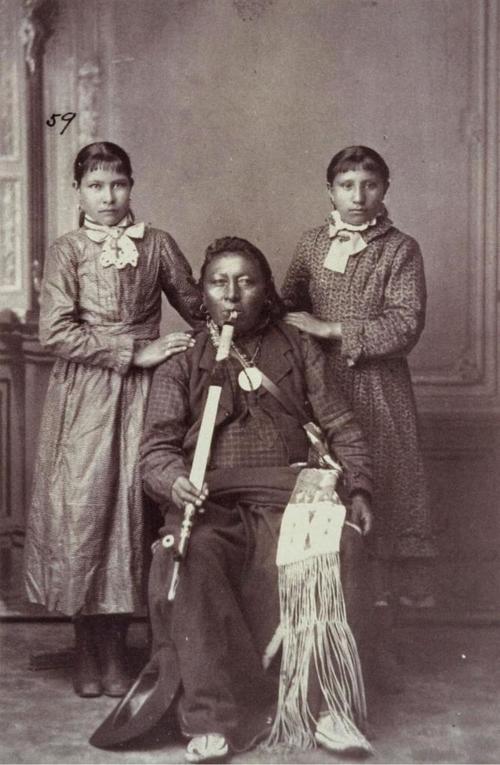About IndianNation.com

500 Nations
Latest posts by 500 Nations (see all)
- For Native Americans, Health Care Is A Long, Hard Road Away - April 13, 2016
- Family, friends hold vigil for Navajo woman killed by police - April 4, 2016
- Series of Animated Stories Revitalize Indigenous Languages in Mexico - March 21, 2016
See on Scoop.it – 500 Nations
When Hernando de Soto carved his way through the Southeast in the 1540s, there were some eight million Native Americans living in North America. By 1900, the population had fallen by more than 95%. For every twenty American Indians alive in 1500, there was only a single survivor four hundred years later.
In 1900, with the native population at its nadir, the United States was engaged in an ambitious effort to dissolve the remaining Indian tribes and incorporate their members into the general population. Across the country, Indians were forced into boarding schools, where they were instructed to abandon their native cultures and languages and to learn a menial trade that they could practice off the reservation.
Reformers boasted of their accomplishments with photos showing the generational changes they imagined were occurring.
But the story is far more complicated than reformers let on. Native peoples did not abandon their cultures and disappear into the general population. In communities large and small, Indians banded together to preserve their traditions and pass them on to future generations.
Today, more than three million Americans claim native ancestry. The federal government recognizes the existence of 564 tribes, and many Indian cultures are flourishing.
IndianNation.org is dedicated to collecting and sharing the stories of the 237,000 Indians who appear in the 1900 census. By surviving, by maintaining their distinct identities in the face of concerted efforts to dissolve their culture, those Indians made the present possible.
See on indiannation.org
